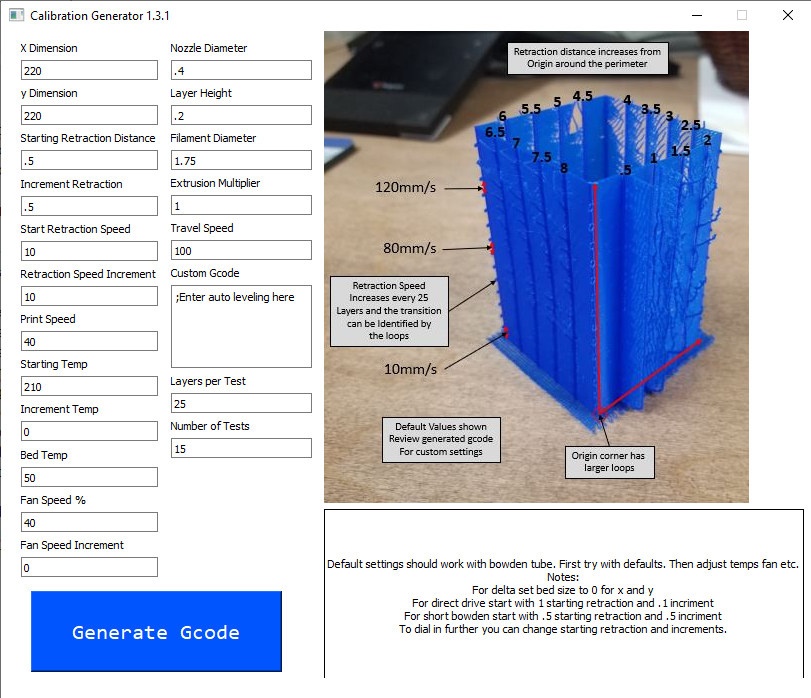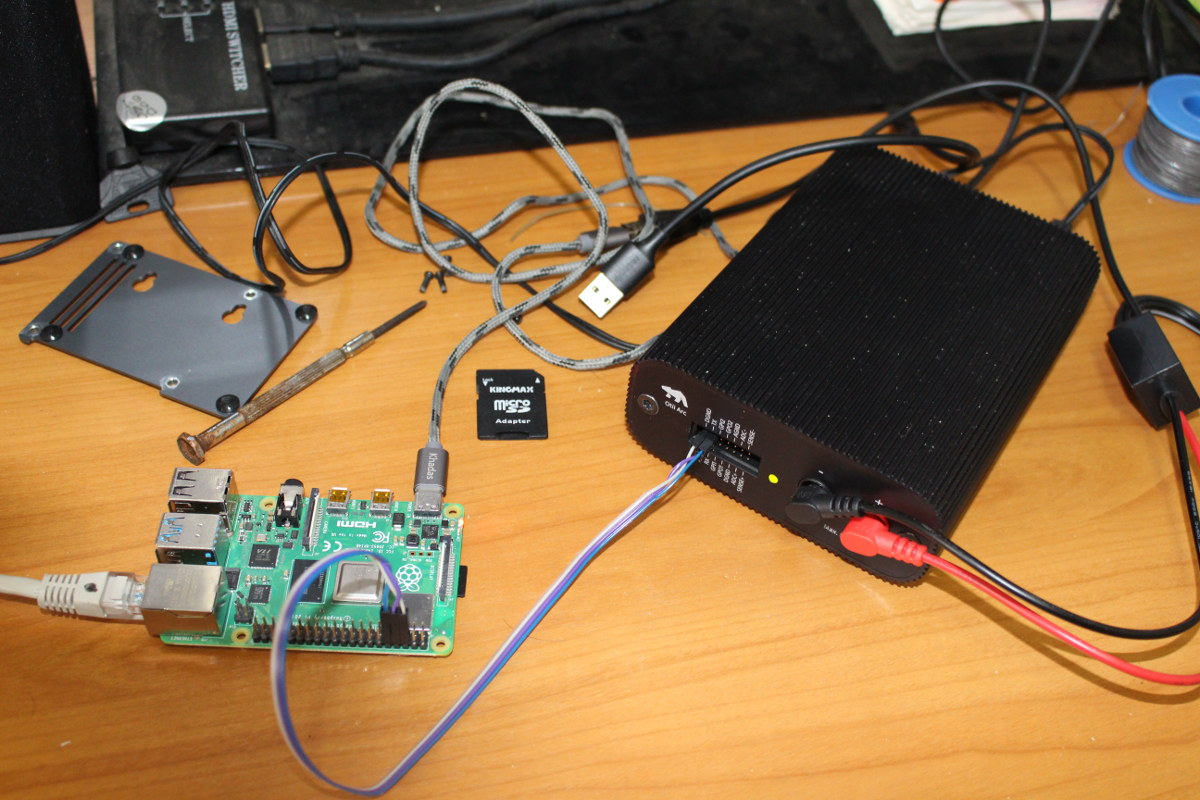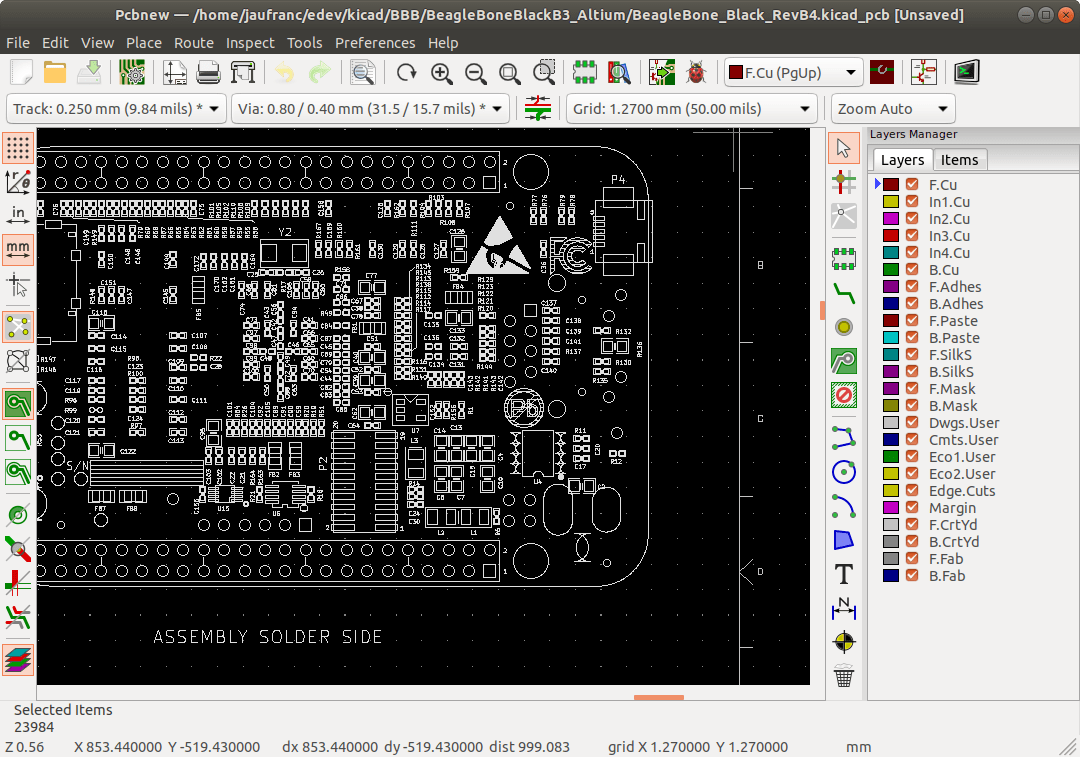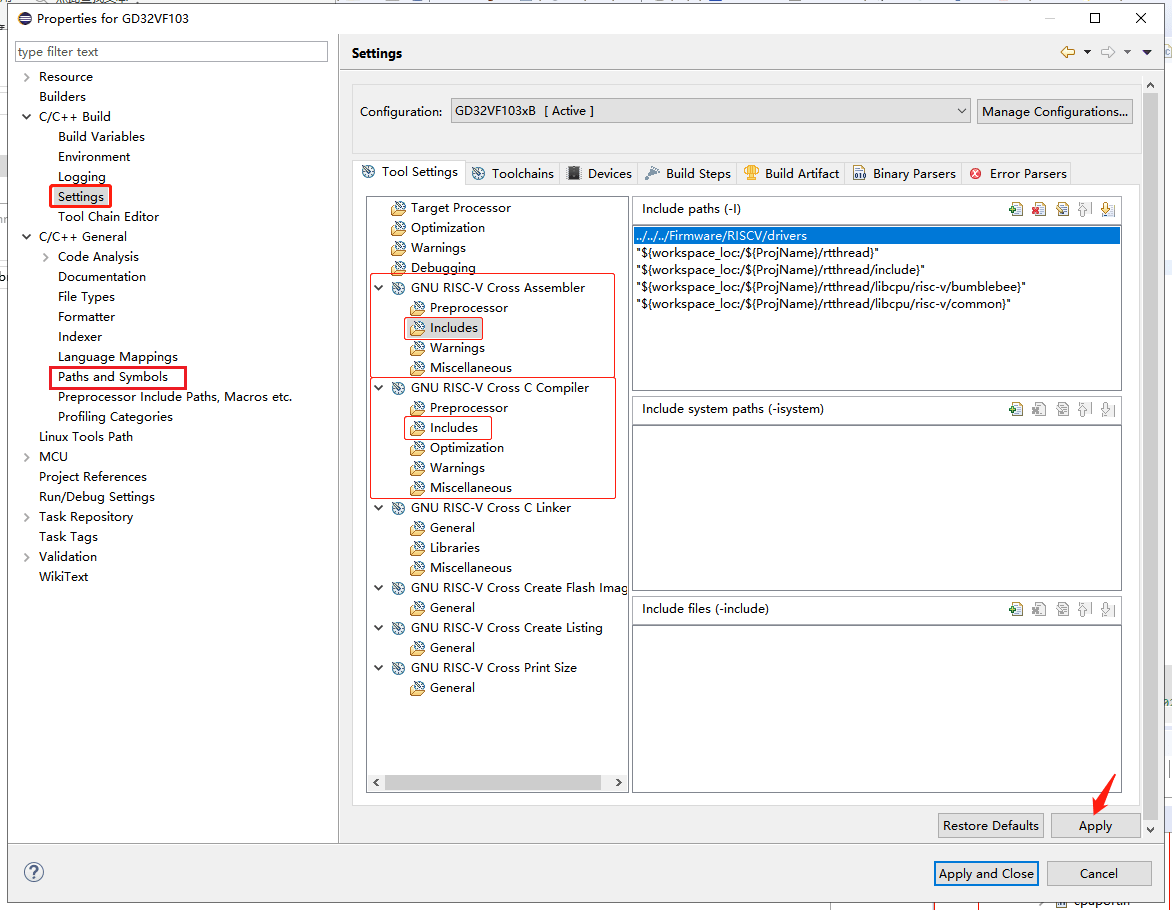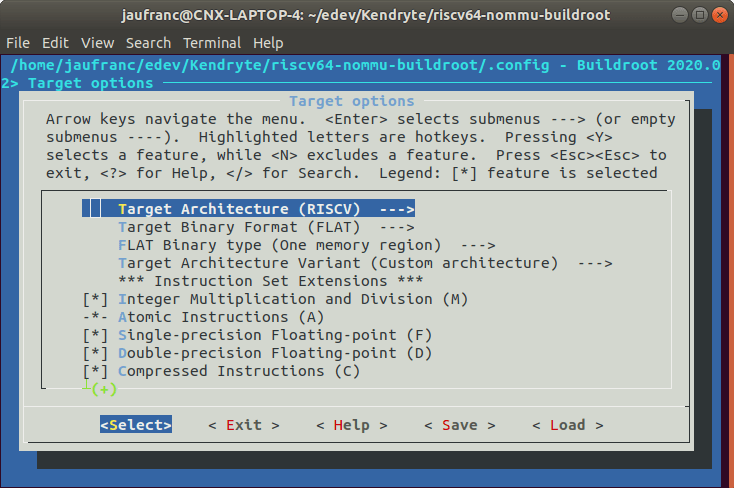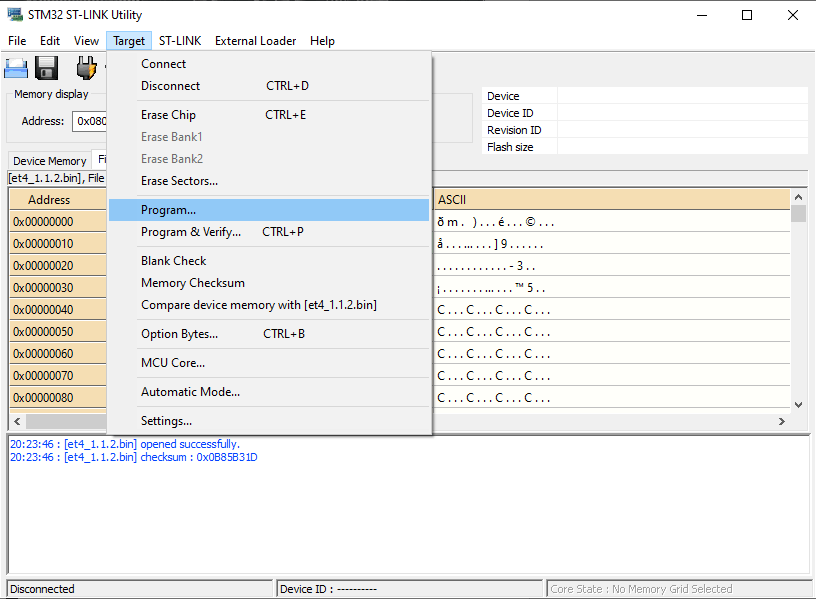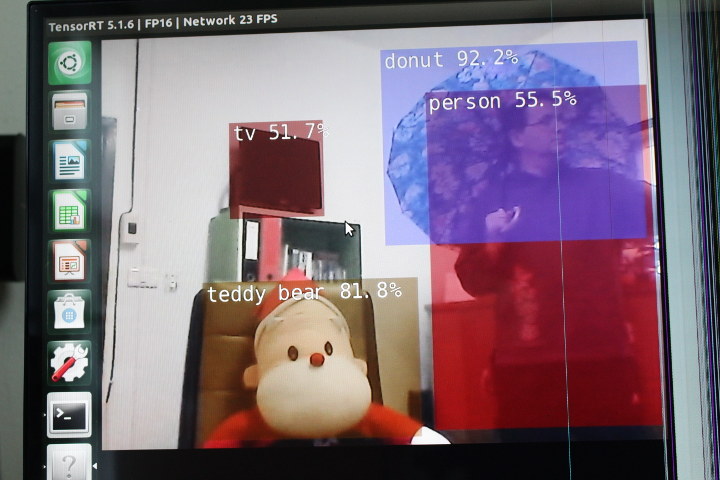Good day. Karl here. It has been a while since I have submitted any articles. I got burned out and my normal day job picked up considerably. I have been keeping busy but not with anything I would share by itself. I will start out with an update on what I have been up to. You can skip to the 3D printer retraction calibration section with the release of the Calibration Generator tool if you are not interested. What have I been up to? First, I have been doing a lot of gaming. Been playing Fortnite, Red Dead Redemption 2, and some other random games. I am trying hard to keep up with my son. Unraid OS. So many things to explore and learn. Docker, VM’s, and storage. There is so much goodness in this OS. I was able to consolidate several services into one box. I had a standalone […]
Getting Started with Qoitech Otii Developer Tool using ESP8266 and Raspberry Pi 4 Boards
Last month, I received Qoitech Otii Arc power supply, power meter, and DAQ unit that aims at helping hardware and software engineers develop energy-efficient products. I’ve now had time to test the unit with an ESP8266 board and Raspberry Pi 4 SBC, so I’ll show how to get started and my overall experience with the hardware and program. Requirements and Initial Setup The unit takes a 9V power supply or micro USB adapter as power input, but power output is done through banana plugs. I did not have any cables with banana plugs so I bought one on eBay for about $5 shipped. This cable is really convenient with output to USB (female connector), crocodile clips, and hook clips. However, as we’ll see below it may not be suitable for all types of loads, and you may have to make your own with a higher rated cable. You’ll need to […]
How to Build KiCad on Ubuntu 18.04 / 20.04 and Import Altium PCB Files
KiCad open-source EDA (Electronics Design Automation) suite software is now very popular, and many new projects are designed with the utility. AFAIK, some companies like Olimex switched all their new designs to KiCAD. But since many schematics and PCB layouts have been designed with other tools like EAGLE, Orcad Allegro, or Altium PCB design tools, it would be nice to be able to import those designs into KiCad. Converters have been around for a long time but when I tried to convert Beagleboard-xM OrCAD schematics to import them in KiCAD back in 2012, the results were really awful and unusable. But I recently saw a tweet saying it’s now possible to import Altium files into KiCAD. Finally, importing #altium boards into #kicad is only one click away (in the developer version). This allows to view and edit #opensource #hardware which was designed with #proprietary software, and thus, in fact, not […]
Getting Started with RT-Thread Nano RTOS on RISC-V Processors
CNXSoft: This is a guest post by RT-Thread explaining how to create your first program running on their real-time operating system using a GD32V RISC-V MCU board as an example. This article describes how to “port” RT-Thread Nano to the RISC-V architecture, using the Eclipse IDE, GCC toolchain, and a basic project for the Gigadevice GD32V103 MCU. Foreword RT-Thread is an open-source embedded real-time operating system. RT-Thread has a standard version and a Nano version. The standard version consists of a kernel layer, components and service layer, and IoT framework layer, while the Nano version has a very small footprint and refined hard real-time kernel, better suited to resource-constrained microcontroller units (MCU). The main steps for porting Nano are as follows: Prepare a basic Eclipse project and get the RT-Thread Nano source code. Add the RT-Thread Nano source code to the base project and add the corresponding header path. Modify […]
How to Build & Run Linux on Kendryte K210 RISC-V NOMMU Processor
A few months ago, we wrote that Western Digital was working on Linux & BusyBox RISC-V NOMMU, and managed to boot a minimal Linux OS on Kendryte K210 powered Sipeed Maix Go board. RISC-V NOMMU support was scheduled for Linux 5.5, and now that the new kernel has been released, Damien Le Moal has pushed the code allowing to build Linux and a busybox based roofs for RISC-V 64-bit NOMMU platforms using buildroot. I could start the build following the instructions on Github, but it failed as a Linux 5.6 RC1 tarball was missing. But I noticed “Vowstart” picked up on Damien’s work, and wrote detailed instructions. So let’s try the build out using a machine running Ubuntu 18.04. We’ll have to make sure dependencies are installed first:
|
1 2 |
sudo apt install build-essential device-tree-compiler bison \ flex file git curl wget cpio python unzip rsync bc texinfo |
Then we can retrieve the source code and do some preparations (e.g. extract Linux 5.6 RC1 tarball):
|
1 2 3 4 |
git clone https://github.com/vowstar/k210-linux-nommu.git cd k210-linux-nommu export PROJ_ROOT=$(pwd) sh ./prepare_buildroot.sh |
The next step […]
How to Recover from a Bad Firmware Upgrade on Anet ET4 3D Printer
Hey, Karl here with a really quick how-to. This how-to is to help everyone who has bricked their Anet ET4 printer after upgrading firmware on the printer. Anet reached out for a review of the ER4 and I recently gave one printer to a buddy of mine and he showed a lot of enthusiasm. I thought it would be interesting to do a review from someone less experienced. I asked him if he would like to do it and he accepted. I wanted to help him with unboxing and initial setup so we fired up a YouTube Livestream. The build went smooth but because the UI is lacking finish I went searching for updates. It is not uncommon to flash firmware, and after a little googling I found updated firmware and was hoping to fix the UI. We followed the directions but the machine got hung at the logo after […]
Getting Started with Amlogic NPU on Khadas VIM3/VIM3L
Shenzhen Wesion released the NPU toolkit for Khadas VIM3/VIM3L last November, so I decided to try the latest Ubuntu 18.04 image and the NPU toolkit on Khadas VIM3L, before switching to VIM3 for reasons I’ll explain below. I’ve followed two tutorials from the forum and wiki to run pre-built samples and then building a firmware image and samples from source. Khadas VIM3L and VIM3 Have Different & Optional NPUs This will be obvious to anyone who read the specs for Khadas VIM3 and VIM3L that the former comes with a 5 TOPS NPU, while the one in the latter only delivers up to 1.2 TOPS. But somehow, I forgot about this, and assume both had the same NPU making VIM3L more attractive but this type of task, Obviously I was wrong. But the real reason I stopped using Khadas VIM3L can be seen in the photo below. My board is […]
AI inference using Images, RTSP Video Stream on NVIDIA Jetson Nano Devkit
Last month I received NVIDIA Jetson Nano developer kit together with 52Pi ICE Tower Cooling Fan, and the main goal was to compare the performance of the board with the stock heatsink or 52Pi heatsink + fan combo. But the stock heatsink does a very good job of cooling the board, and typical CPU stress tests do not make the processor throttle at all. So I had to stress the GPU as well, as it takes some efforts to set it up all, so I’ll report my experience configuring the board, and running AI test programs including running objects detection on an RTSP video stream. Setting up NVIDIA Jetson Nano Board Preparing the board is very much like you’d do with other SBC’s such as the Raspberry Pi, and NVIDIA has a nicely put getting started guide, so I won’t go into too many details here. To summarize: Download the […]


